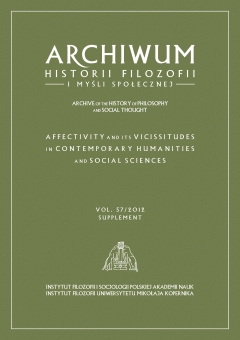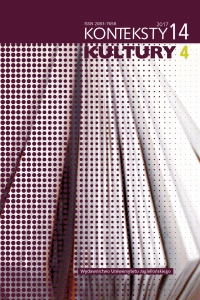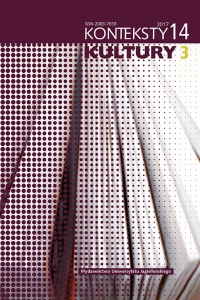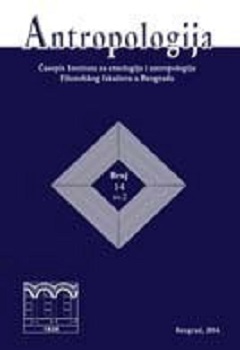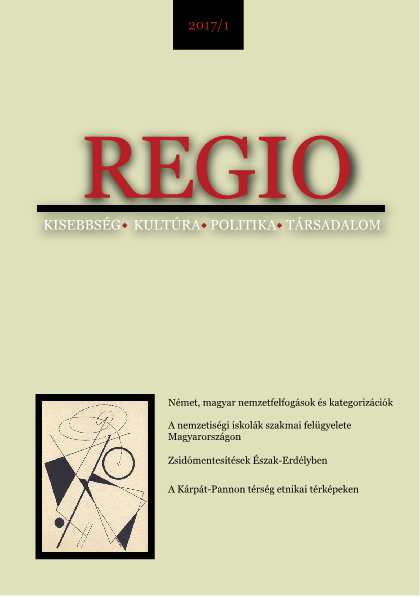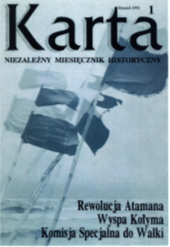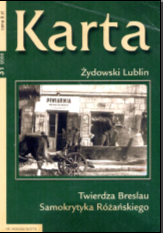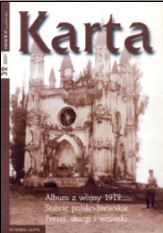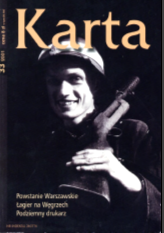Штрихи к парадному портрету режима. (Наглядная агитация фашистской Италии)
The term “fascist style” entered the political lexicon thanks to Benito Mussolini. By the word “style” Duce himself meant the way of life, not a figurative language that dominates the art forms, existing in a particular historical era. Giovanni Gentile, who created in 1925 the National Fascist Institute of Culture, began to develop the idea of the actual Nazi culture and sought to give it the status of an independent, original formation. In the early years of the regime existence the state only prompted artists what to say and did not dare to indicate how, showing a certain tolerance to all artistic systems: from Futurism to Realism a la the one of the 19th century, from Impressionism to Magical Realism and Neo-classicism. The article deals with the examples of some printed agitation materials, such as posters and advertising. These forms of art, wittingly agenda-driven by diktat, give reason to put the following question: whom should be regarded as the creator of totalitarian art, the realist artist, who is in the internal opposition to the political regime, or the modernist innovator, who put his talent on the altar of the totalitarian system.
More...
